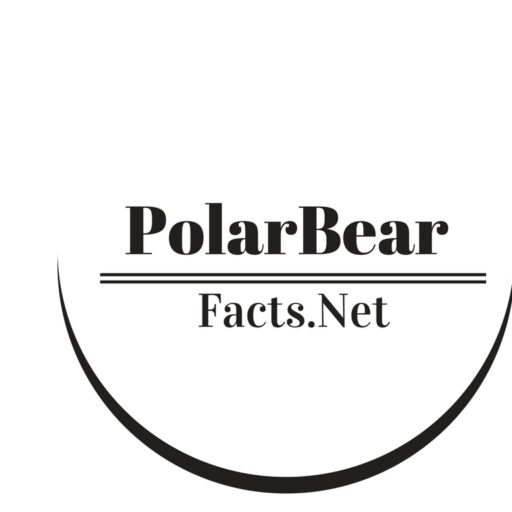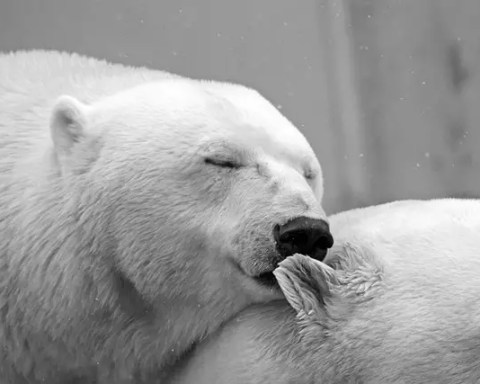Polar bears (Ursus maritimus) are the most powerful terrestrial carnivores in the Arctic Ocean. In this article we are going to tell you interesting facts about polar bear skull and how it is different from other bears. They will share many morphological features with other strongest carnivores. Carnivorous animals have certain physiological features in common such as jaw, teeth, claw, eyes, and skull. Archaeologists and scientists have long researched the skull of Ursids let alone polar bears. In northern Alaska archaeologists discovered the king polar bear skull following the 2014 storm. The skull tells us about 1,300 years old ecological behavior.
Polar Bear Skull
The polar bear’s skull is a typical of any other land carnivores. Bears unlike other carnivores have relatively deep and flattened mandibular fossa. The mandibular fossa is called jaw hinge. Polar bear’s jaw can hardly move sideways though it opens up and down quite freely. The jaw hinge resembles dog’s mandibular fossa.
Definition of Skull
The skull is often defined when describing the entire skeleton of the head. Sometimes only cranium comes under the definition of a skull. The cranium is a part that encloses brain, sensory organs, and head. The primary characteristics of an animal are often defined in respect to the primary characteristics of a skull.
Polar Bear versus Brown Bear’s Skull
As compared to the brown bear’s the polar bear’s skull appears to be longer and elongated. They also possess longer nose than brown bears. The principle characteristics of a skull are same in all bears with only few differences. Here we are going to discuss polar bear’s skull and compare it with brown bears’.
Polar bears have one of the largest skulls in the bear’s family—second only to brown bear’s skull. Viewing it laterally the brown bear’s skull seems like little wider whereas white bears have narrower skull across the palate. This is primarily because condylobasal length to zygomatic width ratio is greater in white bears.
The length-width ratio finally makes the skull narrower. The length-to-width ratio in brown bears is 1.59 whereas in polar bears the ratio is 1.63. It appears as if ratio calculations do not reflect as much the actual difference of the skull because in reality the difference should be more than it suggests. Calculations aren’t wrong but our perception may be! The reason behind the different visual impression is that brown bears have skull little taller as well as there is an overhanging occiput. Furthermore, there is no brow ridge in the brown bear’s skull the absence of which makes the skull rather curvy from canines to the cranium (brain, sensory organs, and upper jaw).
King Polar Bear Skull discovered in Alaska
Archaeologists recently discovered the king polar skull in the northern Alaska. Scientists believe that the skull is one of the largest ever recorded in polar bears which is why they call it a king polar bear skull. The 16-inch-long skull is thought to be 1,300 years old. Besides, archaeologists also say that the discovery of skull might give us hints about indigenous people who lived alongside the mammoth predator.
The king polar bear skull is likely to take us back in time predating 4,000 years old. Studies indicate that the skull is of an adult polar bear. The forward facing eyes resemble much to the modern bears but it is different from the modern bears. “We don’t know the exact size (of the entire animal), but we do know it was a huge bear,” Jensen, an Utqiaǵvik-based archaeologist, described.



